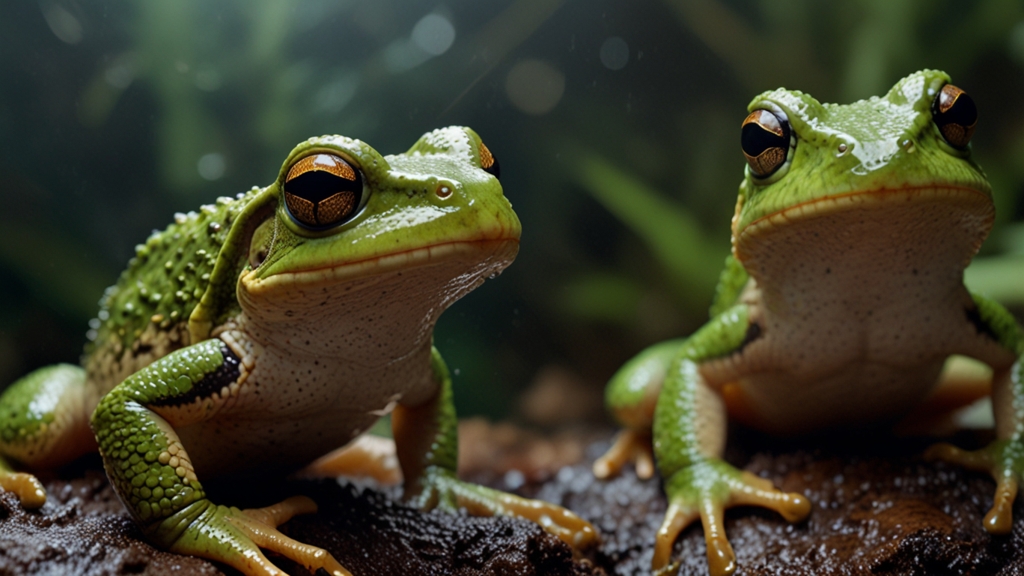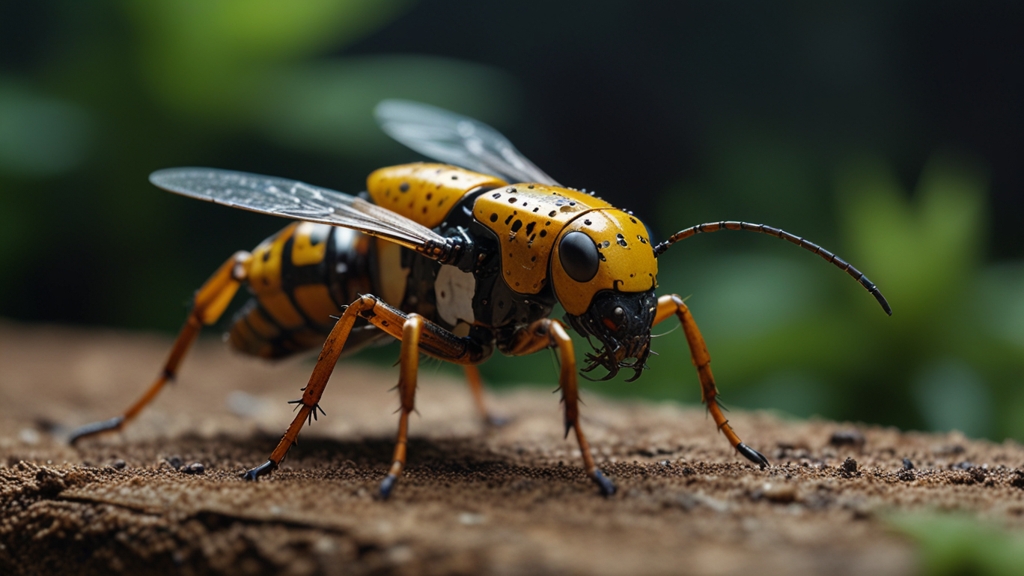The Top 7 Amphibian Discoveries That Changed Science Forever
Amphibians, a group of cold-blooded vertebrates that includes frogs, toads, salamanders, and newts, have always fascinated scientists. From groundbreaking discoveries about their diverse adaptation mechanisms to their pivotal role in understanding ecological changes, amphibians continue to be at the forefront of biological discoveries. Here, we dive into the top seven amphibian discoveries that have significantly impacted the scientific world.
1. The Discovery of the Coqui Frog's Unique Vocal Sac
The Coqui frog, native to Puerto Rico, was found to possess a unique vocal sac that enables it to produce extremely loud calls. This discovery has shed light on the evolutionary adaptations related to communication and mating behaviors in amphibians. The Coqui frog’s ability to produce sound louder than any other amphibian of similar size has provided crucial insights into acoustic signaling and energy expenditure.
"The increased vocal capabilities of the Coqui frog allows it to communicate over vast distances, making it a key species for studying sound production and its ecological impacts."
2. Discovery of Rheobatrachus, the Gastric Brooding Frog
In a remarkable revelation, scientists discovered the gastric brooding frog, Rheobatrachus, which incubates its offspring inside its stomach. This extraordinary mode of reproduction challenged previously held views on amphibian birthing processes and highlighted the versatility of reproductive strategies in nature. Unfortunately, this species is now extinct, but the discovery has left an enduring legacy in understanding amphibian reproductive biology.
3. The Toxicity of Poison Dart Frogs
Poison dart frogs have enthralled researchers due to their potent toxins, which indigenous people have historically used to tip their blow darts. The discovery of their pharmacologically active alkaloids has transformed our understanding of chemical defenses and holds potential for developing novel medical compounds. These findings underscore the intricate relationship between amphibian ecology and potential human applications.
"The potent toxins of poison dart frogs not only reveal the complexity of ecological interactions but also indicate a rich source of bioactive compounds that could inspire future pharmaceutical innovations."
4. Axolotl Regeneration Abilities
The axolotl, a type of salamander, is renowned for its remarkable regenerative capacities. It can regrow entire limbs, spinal cords, and even parts of its heart and brain. Research into the axolotl’s regenerative mechanisms has profound implications for medical science, particularly in regenerative medicine and healing. Understanding how these processes work in axolotls is key to pioneering advancements in human tissue regeneration.
5. Climate Change Sentinels: Amphibian Decline
The dramatic decline of amphibian populations worldwide has alerted scientists to the broader implications of climate change and environmental degradation. Amphibians are often considered sentinels of ecosystem health due to their sensitivity to environmental changes. Investigations into their decline offer crucial insights into the interconnected effects of climate change, habitat destruction, pollution, and disease.
6. The Venomous Brazilian Tree Frog
While many amphibians are known for their toxic skin secretions, the Brazilian tree frog, Aparasphenodon brunoi, was discovered to possess venomous capabilities. Unlike the passive toxins of other frogs, this species can actively inject venom through spines on its head. This discovery challenges the traditional understanding of venom delivery mechanisms among amphibians and opens new research avenues in toxinology.
7. The Role of Amphibians in Understanding Disease Transmission
The study of amphibian diseases, particularly chytridiomycosis caused by the chytrid fungus, has expanded our knowledge of pathogen-host dynamics. This particular disease has ravaged amphibian populations globally, illustrating the significance of disease ecology and epidemiology. Understanding how these pathogens spread and affect amphibians provides crucial data for managing outbreaks of diseases in other animal populations, including humans.
"The role of amphibians as indicators of disease spread underscores the importance of conservation efforts and the study of pathogen ecology to prevent future pandemics."
Conclusion
From their unique biological capabilities and environmental sensitivity to their crucial role in medical and ecological research, amphibians continue to be a cornerstone of scientific discovery. These seven monumental discoveries not only highlight the adaptive marvels of amphibians but also emphasize their importance in broader scientific contexts. As we advance our research, preserving these remarkable creatures becomes ever more critical for future scientific and ecological advancements.









